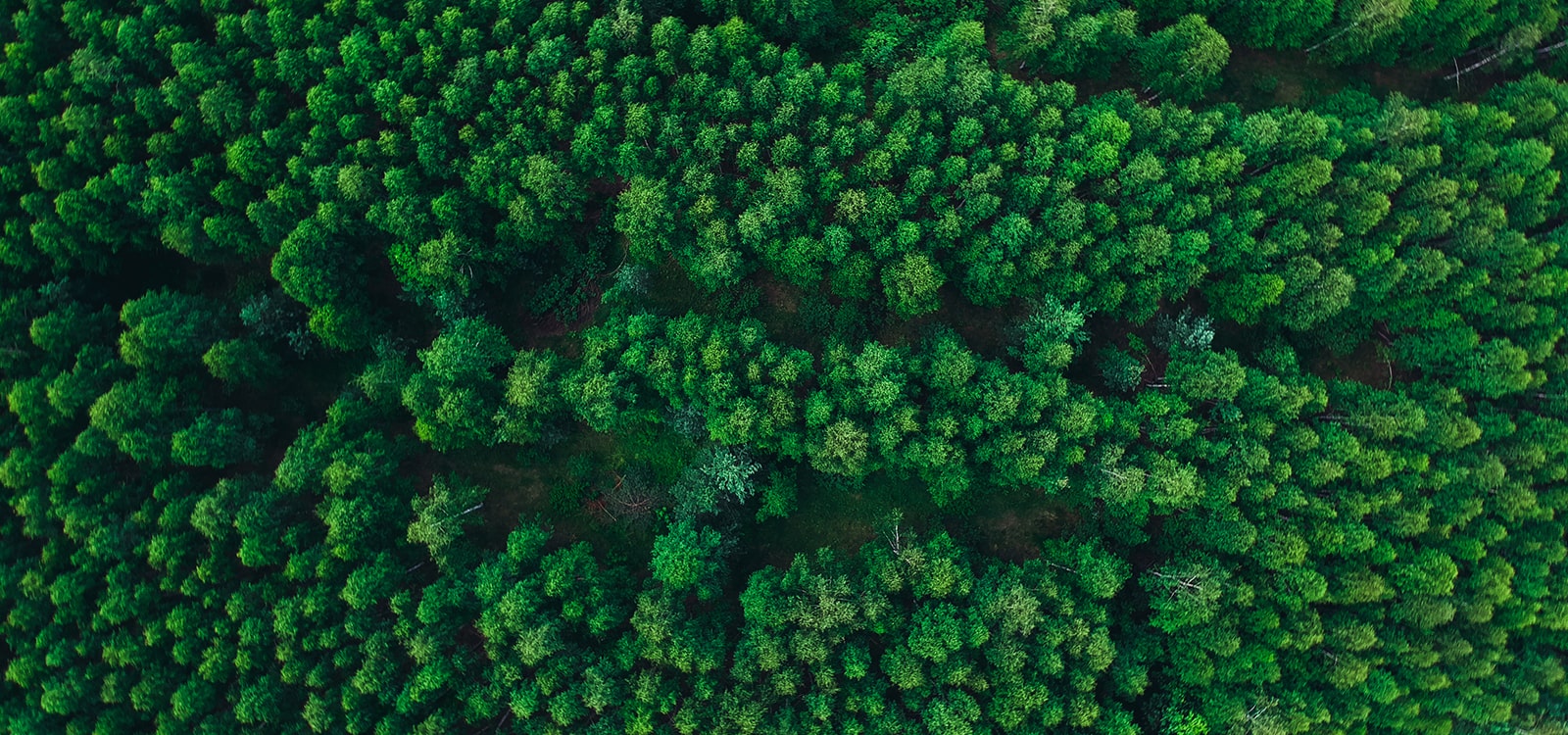Our environment has long suffered from the waste that humans produce. Humans are generating too much waste and cannot deal with it all in a sustainable way. Our landfills and oceans are overflowing with non-biodegradable waste that cannot be properly recycled, and we all see the impact of this in various ways.
The Impact of Rubbish Pollution on the Environment
Consider the example of plastic waste. Only 9% of the 6.3 billion metric tonnes of plastic waste that have been produced have been recycled, according to a recent global analysis of all mass-produced plastics ever manufactured. [1]
When taken as a whole, waste production has a negative impact on the environment in a number of ways, including our own public health, wildlife, and the natural environment. It also contributes to the escalating climate crisis. Let’s take a closer look at each of these in more detail.
Public Health
Our inaction puts human health at risk. We continue to generate a lot of rubbish and improperly dispose of it, which will ultimately be to our detriment as well as that of the environment and the wildlife in the ecosystems that we all share.
We are negatively impacted long term by the increased emissions we produce as a result of the amount of rubbish we produce. Asthma, birth defects, cancer, cardiovascular disease, childhood cancer, infectious diseases, low birth weight, and preterm delivery are just a few of the illnesses that could be developed as a result of rubbish pollution.
Wildlife
Ecosystems differ significantly from one location to another. To our marine life and waterways, however, our global waste problem has one of the most pronounced effects. In other words, it has an impact on those animals whose livelihoods depend on the ocean.
They are unable to distinguish between food and non-food items. As a result of the aquatic animal’s inability to process the garbage, they die after consuming it. In addition to fish, scientists have also discovered numerous plastic fragments in over a thousand species of seals, turtles, whales, and other aquatic animals.
Our waste issue is severely harming the health of the world’s species, which is a major concern when it comes to biodiversity.
The Natural Environment
It’s disturbing how we handle waste. And to make matters worse, it appears that waste disposal has gotten worse just in this decade. What we haven’t done is put the strategies we think will enable us to slow down or adapt to climate change fully into practice.
Consider the methane gas released by trash that is disposed of in landfills. Further research [2] revealed that 91% of all landfill methane emissions come from open landfills. A dangerous amount of carbon dioxide, a greenhouse gas that is warming our planet, is released when large, open piles of waste are burned around the world.
According to research, about 40% of the world’s rubbish is burned in this way, posing serious risks to both the atmosphere and the communities nearby.
The Need to Reduce, Reuse, and Recycle

The “three R’s” of managing solid waste—Reduce, Reuse, and Recycle—are ranked in importance for the steps that need to be taken.
- Reduce, the first “R,” refers to the ideology to reduce or stop producing waste altogether or to produce fewer toxic materials. Solid waste can be reduced by redesigning products to be more durable and less wasteful, removing excessive packaging, avoiding disposable items, and reducing consumption.
- Reuse, the second “R,” refers to reusing items that would otherwise be discarded, either in their original state or with minimal repairs or modifications. Frequently, people claim to be recycling something when they are actually reusing it.
- In order to recycle, the third “R”, used materials must be gathered, mechanically and chemically processed, and then remanufactured into new products. These practices pollute the environment and use up resources like water, energy, and other materials. Even though recycling uses fewer resources and produces less pollution than using virgin materials in manufacturing, it still produces more waste than simply reusing an item.

The best way for a company to reduce waste is to avoid producing it in the first place. The extraction of raw materials from the earth, the fabrication of the product, and the subsequent transportation of the finished product to the point of sale all result in greenhouse gas emissions that contribute to climate change.If this is not possible, then looking to move to products that promote eco consciousness is the next best step – switching from single use to reusable goods, using packaging and materials that can be easily recycled from domestic premises and using goods made from recycled content are just 3 ways to do this, but there are many more.
More people and businesses need to make a significant shift toward reducing, reusing, and recycling, and look into packaging or products that can help them do this!
Resources & Further Reading
